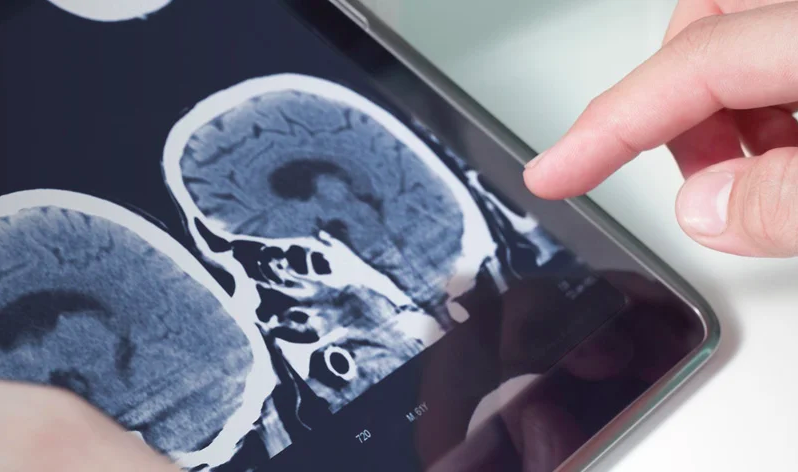Radiology – Integrated Training Initiative (R-ITI) | Paediatrics | Pathological Causes of Bilateral Hyperlucent Hemithoraces



Pathological Causes of Bilateral Hyperlucent Hemithoraces
Session Overview
Description
This session describes common causes of bilateral hyperlucent hemithoraces in children and through a series of examples explains how to investigate further to determine the most likely diagnosis.
Learning Objectives
By the end of this session you will be able to:
- Describe common causes of bilateral hyperlucency of the paediatric chest x-ray (CXR)
- Discuss an approach to radiological investigation
- List common types of vascular rings and explain their radiological appearances
Prerequisites
Before commencing this session you should:
- Have a basic understanding of paediatric chest pathology
- Recognise normal appearances of the paediatric CXR
- Have completed the session in Module 5 Paediatrics/Assessment of Bilateral Hyperlucent Hemithoraces (300-0447)
In the session in Module 5 Paediatrics/Assessment of Bilateral Hyperlucent Hemithoraces you considered how to assess a CXR for hyperlucency and briefly considered the influence of technique on radiographic appearance.
In this current session you will now consider the main pathological causes of hyperlucency in more detail:
- Hyperinflation of the lungs, which may be:
- Non-obstructive
- Obstructive
There are additionally many causes of generalised hyperinflation of the lungs in children, such as:
- Decreased pulmonary blood flow
- Free intrathoracic air
The session will give you information about all these points.
Non-obstructive hyperinflation
This is also referred to as physiological hyperinflation.
It can be caused by:
- Compensatory 'air hunger' e.g. in cases of acidosis and cyanotic congenital heart disease
- Mechanical ventilation
- Acute Medicine | Infectious diseases | Differentia...
- Posted By eIntegrity Healthcare e-Learning
- Posted Date: 2024-11-20
- Location:Online
- This session considers the causes of fever and discusses differentials of fever in adults. It also considers causes of pyrexia of unknown origin.
- Acute Medicine | Infectious diseases | TSS Usual o...
- Posted By eIntegrity Healthcare e-Learning
- Posted Date: 2024-11-20
- Location:Online
- This session discusses toxic shock syndrome its diagnosis and treatment.
- Acute Medicine | Infectious diseases | Severe mala...
- Posted By eIntegrity Healthcare e-Learning
- Posted Date: 2024-11-20
- Location:Online
- This session summarises the diagnostic criteria for severe malaria.
- Acute Medicine | Infectious diseases | Investigati...
- Posted By eIntegrity Healthcare e-Learning
- Posted Date: 2024-11-20
- Location:Online
- This session covers the investigation and management of a patient presenting with dysuria.
- Acute Medicine | Infectious diseases | All about H...
- Posted By eIntegrity Healthcare e-Learning
- Posted Date: 2024-11-20
- Location:Online
- This session describes the pathogenesis, diagnosis and treatment of herpes simplex encephalitis.

